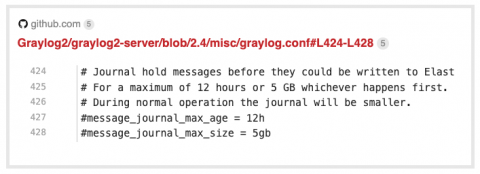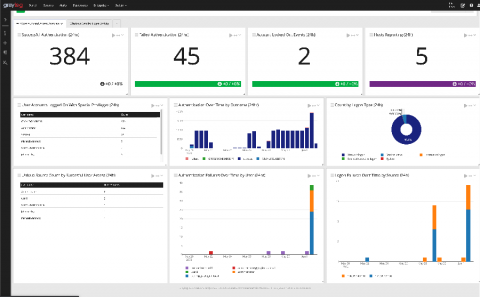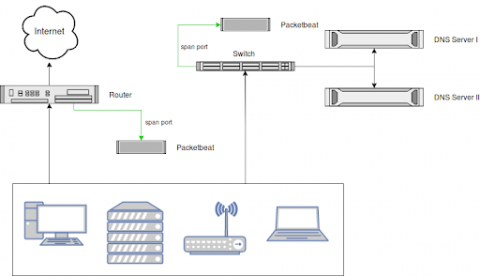Planning Your Log Collection
Whether you are planning to use Graylog for security and threat hunting, IT Operations analysis and reporting, or any other use case, getting your logs into Graylog is essential. The process of log collection is sometimes a daunting task, especially if you are planning to collect massive amounts of data. But if you take a minute to answer some key questions before you begin, you can transform the log collection task from daunting to smooth sailing. Here we go with the questions...









